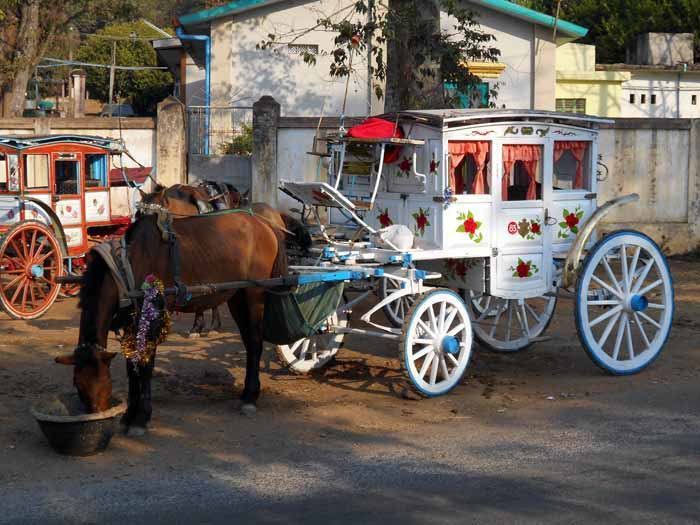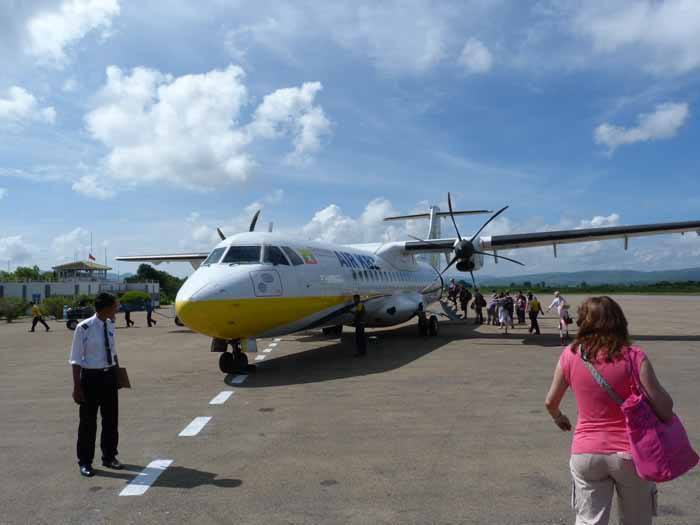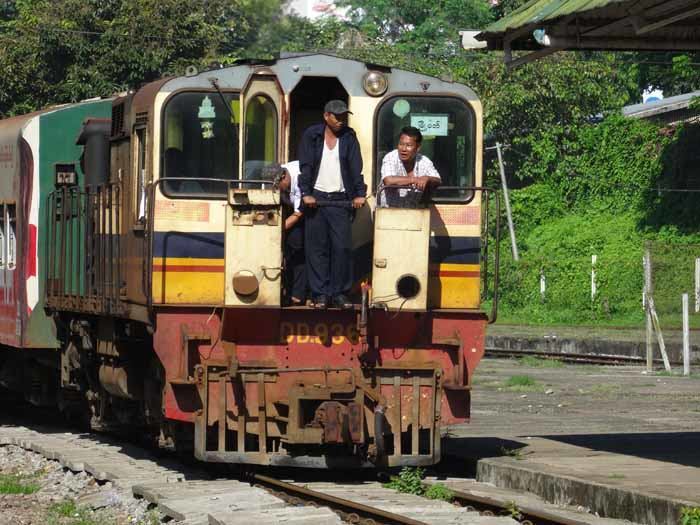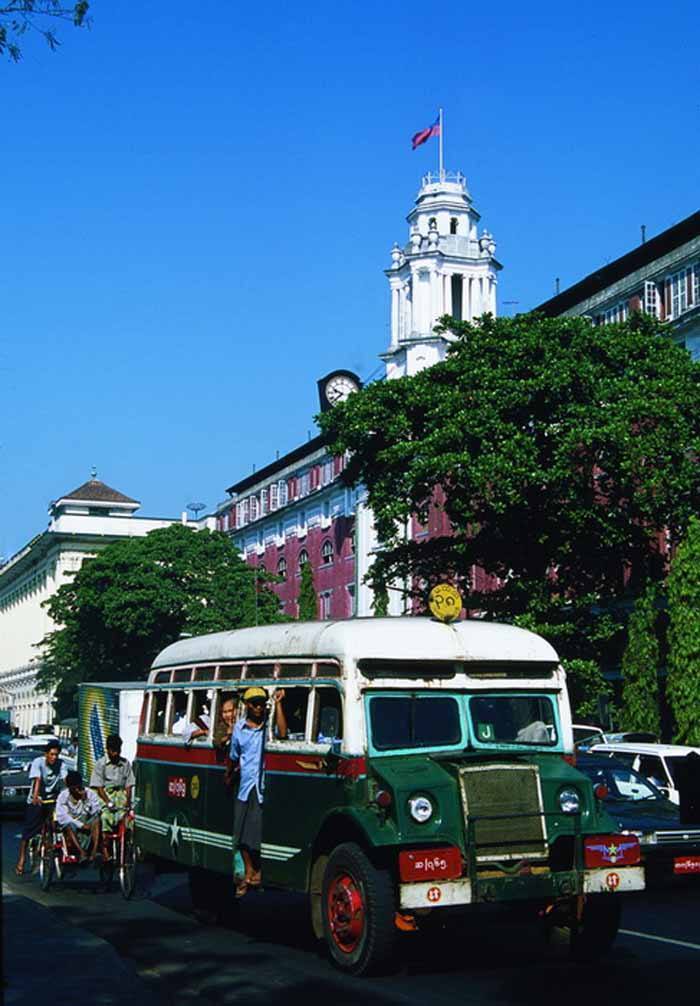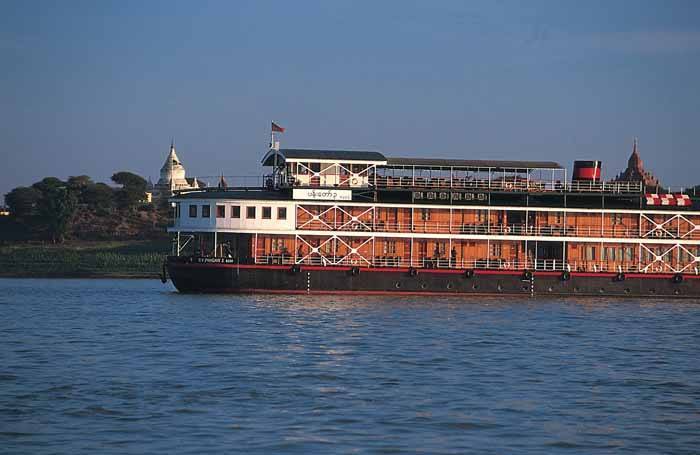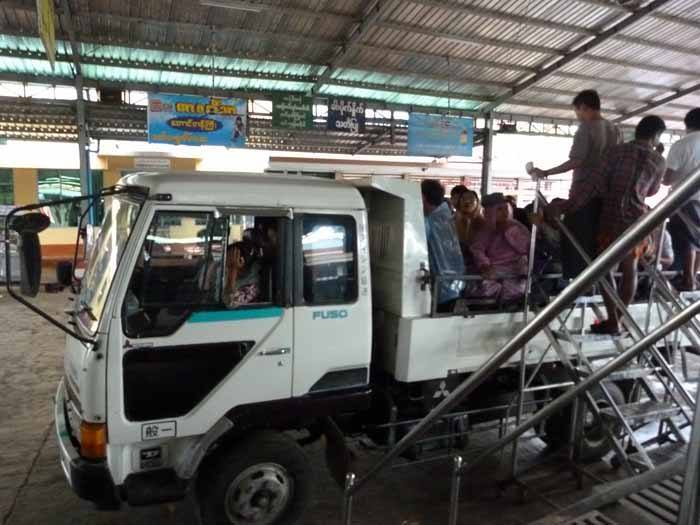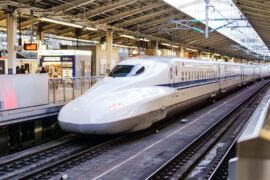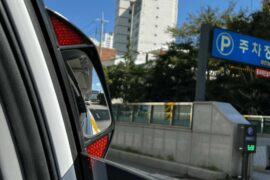Burma is a pretty big country (it covers slightly more total area than France), but its infrastructure is underdeveloped in comparison with most. Many of its sites of interest are spread out over wide distances (Yangon is over 600 km/400 mi from Mandalay, for instance, and over 1,500 km/900 mi from Putao in the north) and there are many ways of getting around – from aeroplane to horse and cart.
Hopefully, after reading this post, you’ll have no trouble deciding how to get from A to B!
Plane
Domestic flight is usually the best – and sometimes the only – way to cover long distances in Burma. Services are frequent, and cut huge journey times down to short hops. Due to government restrictions on travel within some regions of Burma, some popular destinations (like Ngapali Beach and Putao, for instance) are only accessible by air.
Some things to be aware of: domestic flights in Burma are not what you’ve experienced elsewhere. Here, planes operate like buses, making stops at various destinations along their route for passengers to get on and off while you wait in your seat. There is no baggage carousel, so you wheel your case as far as the plane and leave it at the door, and the “airport” is often no more than a concrete hut.
Another thing to remember is that people in Burma get up very early in the morning compared to those in Western countries, mainly to avoid the heat of the day. This means that flight schedules are generally very early – and a “late” morning departure is around 7am.
Train
Don’t catch the train in Burma if you’re planning on getting anywhere on time. Sleeper trains do exist, but they are slow and the routes aren’t extensive (about half of Burma isn’t covered by rail). Local trains can be an excellent way to explore the area, and there are some truly beautiful train journeys in some parts of the country. We highly recommend taking the circle train through the Yangon suburbs, or enjoying the ride across the Gokteik Viaduct between Pyin Oo Lwin and Hsipaw – but again, prepare for lengthy delays and unreliable timetables.
Basically: as an experience, getting the train in Burma is great. As transportation, it’s a risk.
Bus
If train timetables are unreliable in Burma, the buses are infinitely worse. There are sleeper buses that service many areas, but they are uncomfortable, cramped (if you’re over six foot, forget it), and the road conditions are appalling. Journeys are frequently held up by livestock in the roads, or by lorries that have stopped to cool down as they struggle along winding mountain roads. There are often no bathroom facilities on board, and as the vast majority of passengers are men, a toilet break will just be a quick stop by the side of the road. Are we selling this to you yet?
Within cities, there are other issues to consider. Local buses are not colour coded, they don’t display numbers, and there are no timetables at stops. When a bus pulls up, the conductor will lean out of the door and shout out the names of the destinations it visits – but since these guys work on commission, they’ll often alter their route in order to pick up a big group of passengers.
Private car
For middle-distance journeys, we recommend booking a transfer by private car whenever possible. You’ll still suffer a little on the terrible roads, but you’ll be able to squeeze past any halted lorries, you’ll stop at actual loos, you’ll go where you want to go, and arrive roughly when you want to arrive. Those with weeks of time to spare and a masochistic streak may wish to opt for the bus – but for those on a standard two-week trip, private car is the way to go.
Boat
By boat is a wonderful way to travel in Burma. There are some beautiful vessels operating routes up and down the Irrawaddy and Chindwin Rivers – many of them reconstructed colonial-era ships, with beautiful teak and brass trimmings and luxurious cabins. Routes range from short, one-day trips (from Mandalay to Bagan, for instance) to longer, multi-night excursions into the remoter regions of the country.
Travelling by boat is necessarily slow, but that’s all part of the attraction. Longer journeys will incorporate plenty of stops along the way, and provide a fantastic way to discover some little-visited regions of the country, which are difficult or even impossible to access by road.
Have a look at our recent blog post for more boating inspiration!
Other ways of getting around…
There are plenty of other modes of transport to choose from in Burma. In Ava, the best way to get around is by horse and cart, while in Bagan you might like to hire bicycles to get out into the plains. Pickup trucks drive passengers to the Golden Rock at Kyaiktiyo, and operate cheap routes throughout the country. Taxis and motorbike taxis are available (but difficult to spot, as they are usually unmarked), and trishaws (bicycles with sidecars) can also be hailed.
Every destination is different, so try a few out and have your own adventure! For more information on getting around in Burma, have a look at our website or call one of our experts for a chat.
